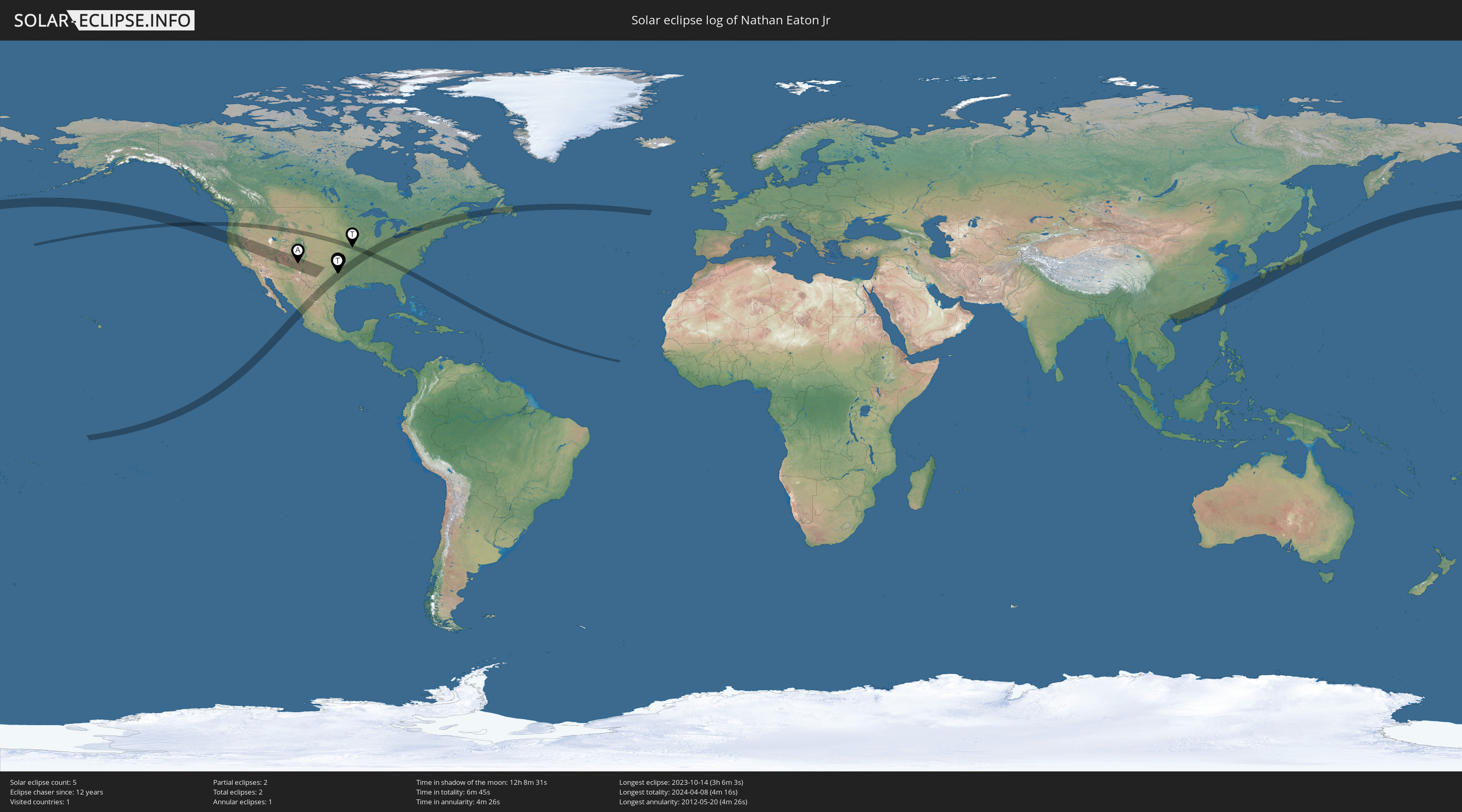As covered in the Phase 1 post, I've started playing around with a product called the Solarcan, a pinhole camera created using an aluminum can with a small hole in the side and photographic paper inside, all to capture long-period exposures (weeks, months, years) of the Sun as it moves across the sky each day, images called solargraphs.
I bought a five-pack in December and used one to shoot a sample shot to share with my grandkids; see previous post. I gave the other four to them as Christmas gifts.

First, Jack and I talked about where a good spot would be for his Solarcan. They have a power pole on the northern edge of their property so we selected as the place to install his camera.
From this spot, there is a full view of their backyard. The resulting solargraph should have bright lines arcing across from left to right over the shop and chicken coop. Movement of earthbound things generally won't be captured in the image so the solargraph will probably not include people, the dog or chickens.
 |
| Pin marks the spot for Jack's Solarcan. It's oriented towards noon-time solar position. |
 |
| The view from Jack's camera. The chicken coop is next to the shop in center of image. |
 |
| Pin marks the spot for Harper's Solarcan, also oriented towards the noon-time solar position. |
 |
| The view from Harper's camera. Note the tree branches. The chicken coop is just over the fence. |
For Harper's Solarcan, one thing that will be interesting is that as the sun traces tracks across the image from lower left, up across the center and then down to the lower right, it will pass behind branches of the trees along the fence line on either side.























No comments:
Post a Comment